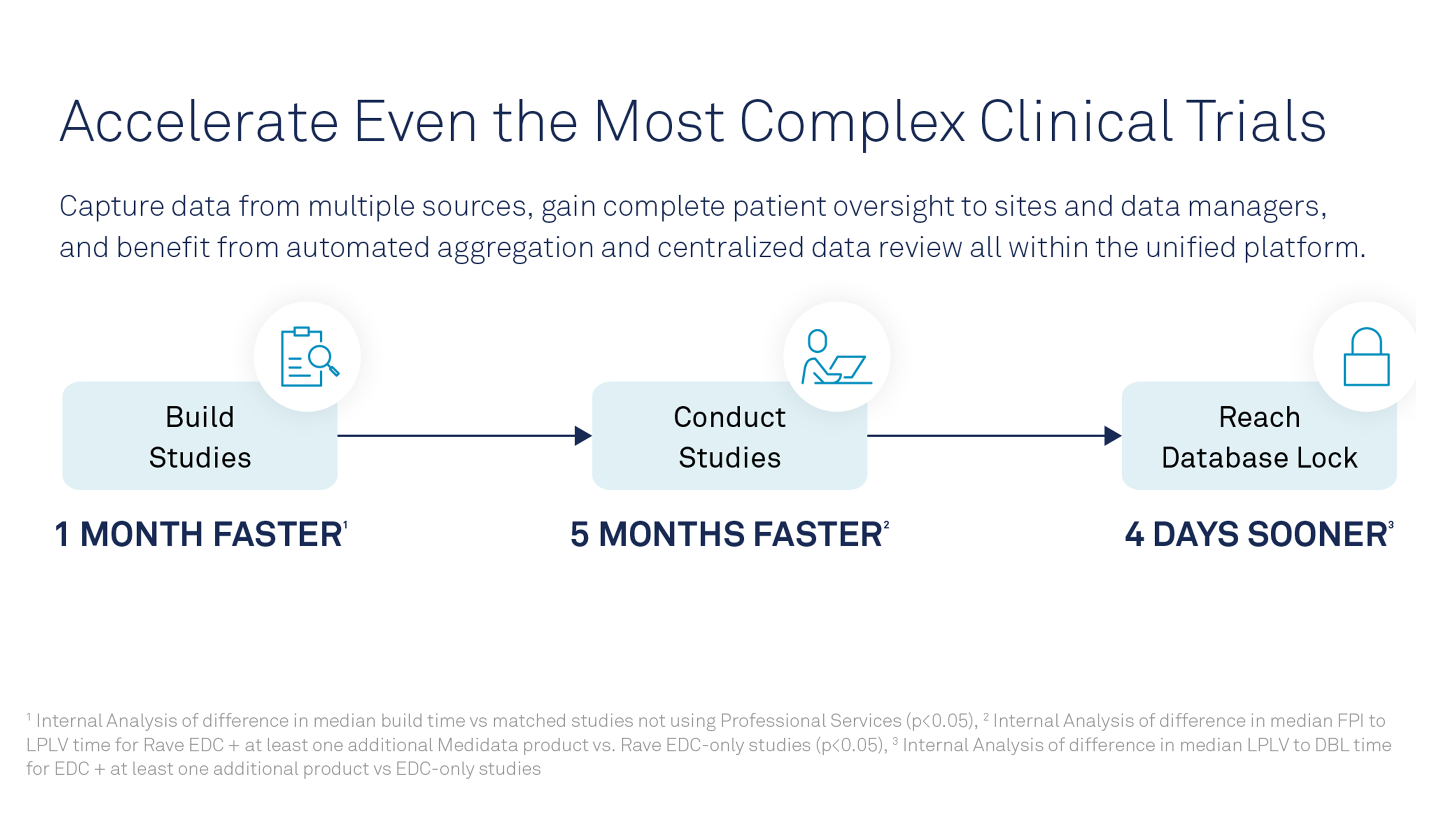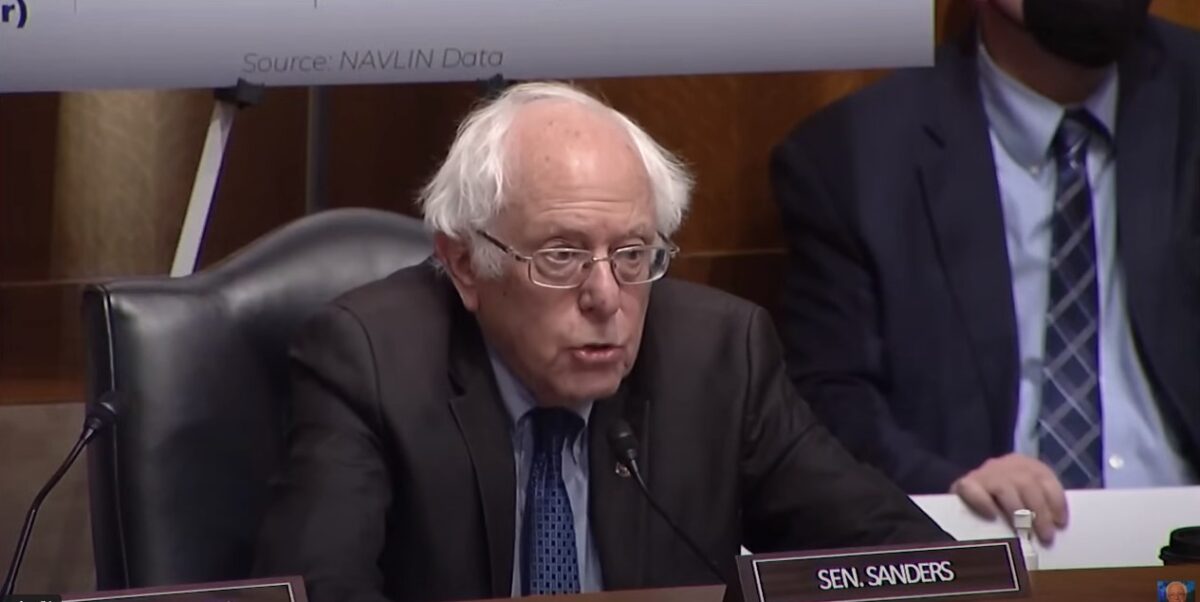In the latest of its talc lawsuits saga, Johnson & Johnson recently announced it is offering a whopping $8.9 billion over 25 years to settle tens of thousands of claims that allege the company’s iconic talc-based baby powder contains carcinogenic asbestos; however, a plaintiff group has said the company’s proposal is far from adequate.
The plaintiffs’ steering committee, consisting of 14 members and co-chaired by representatives from Beasley Allen and Ashcraft & Gerel Law Firms, issued a release saying it rejects Johnson & Johnson’s second attempt at what they allege is “abuse of the bankruptcy process.”
Johnson & Johnson has come under fire for leveraging the so-called Texas two-step bankruptcy strategy through which it set up a special purpose subsidiary called LTL Management to which all talc lawsuits would be transferred; LTL would then file for bankruptcy.
Johnson & Johnson’s bankruptcy plan was rejected by a US Court of Appeals earlier this month. The pharma giant announced that as part of its latest settlement offer, its subsidiary has refiled for bankruptcy.
While the plaintiff’s steering committee headed by Beasley Allen/Ashcraft & Gerel rejected the offer, a group of 17 law firms and a group called Talc Powder Justice announced their support of the settlement. Together, the firms represent 70,000 talc plaintiffs.
Leigh O’Dell, a lawyer from Beasley Allen, who co-chairs the plaintiff steering committee, said most of the firms in that group, “have gotten in the litigation either very late, since the last bankruptcy, or have not been in the leadership, working up these cases, really understanding what these clients have gone through.”
Since around 2009, Johnson & Johnson has been facing over 40,000 lawsuits from people alleging that its talc-based baby powder causes cancers like ovarian cancer and mesothelioma due to asbestos contamination. The conglomerate maintains that the baby powder is safe, despite allegations of company coverups since the 1970s, as well as unethical marketing practices targeting Black communities.
Johnson & Johnson took its baby powder off shelves in 2020, saying that “misinformation” had slashed demand for the product. Last year, it announced plans to end global sales as well.
Johnson & Johnson had been selling the iconic baby powder for almost 130 years.
The baby powder had multiple uses, including application to prevent diaper rash and for cosmetic uses, including dry shampoo. The company now sells a cornstarch-based version of it.
Of the 41 talc lawsuits the company has faced, Johnson & Johnson has won 32 of them itself or through mistrials or plaintiff verdicts that were reversed after an appeal.
Its most significant loss was against a group of 22 women who were awarded $2.1 billion in settlements, reduced from $4.69 billion after appeals from Johnson & Johnson. The company plans to appeal the case at the Supreme Court.
It also settled about 1,000 cases separately for $100 million in 2020.
Beasley Allen and Ashcraft & Gerel said while Johnson & Johnson’s proposed $8.9 billion offer sounds like a lot of money, “it is not enough when you consider the terms of the proposal. This settlement proposal would pay far less than $120,000 per case, if that.”
They explained that the costs of medical care and lost wages for ovarian cancer victims can be up to $500,000. And “that does not address the pain and suffering nor punitive damages those women and their families have suffered by J&J’s massive and deliberate cover-up of the dangers of its asbestos-laden talc products.”
Johnson & Johnson had originally announced a $2 billion deal to settle the talc lawsuits but upped the amount by more than four times in its most recent announcement after losing its recent bankruptcy bid.
It did this despite the company saying it feels the cancer-causing talc claims are “specious and lack scientific merit.”
However, Erik Haas, worldwide vice president of litigation for Johnson & Johnson explained, “Resolving these cases in the tort system would take decades and impose significant costs on LTL and the system, with most claimants never receiving any compensation,”
“Resolving this matter through the proposed reorganisation plan is both more equitable and more efficient, allows claimants to be compensated in a timely manner, and enables the company to remain focused on our commitment to profoundly and positively impact health for humanity.”
If Johnson & Johnson’s proposed deal goes through, it would be the largest ever in pharma history (combined with its past $2.1 billion payout). And the company is no stranger to massive settlements. In 2021, it agreed to pay $5 billion of a $26 billion opioid settlement. Other big pharma that have struck billion-dollar litigation agreements include Bayer, which doled out $10 billion to settle a Roundup deal.












Join or login to leave a comment
JOIN LOGIN